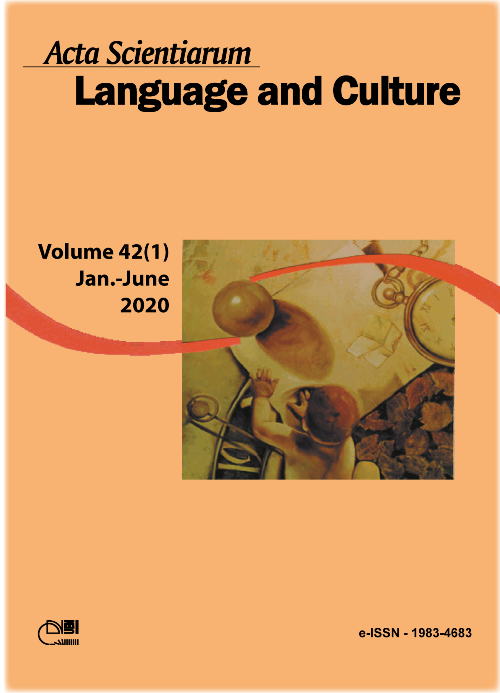The memory of the future and the anticipation of the past in Caderno de um Ausente, by João Anzanello Carrascoza
Abstract
This article aims to discuss memory as a projection for the future and not as a simple repository of the past. In this way, memory will be studied as the time of becoming. Writing plays a fundamental role in this process of preservation and extension of the present, which happens to be narrated as memory to be read in the future. Authors such as Anne Cauquelin (2008), in conceptualizing the ‘incorporeal’, and Norbert Elias (1998), who focuses on the human being's ability to synthesize time, contribute to the discussion about time, and therefore about memory. After the course of bibliographical revision, we will discuss the novel Caderno de um ausente, by João Anzanello Carrascoza (2017), as a representation of the need to build a memory for the future, for the time of absence. In this sense, Carrascoza’s narrative problematizes the question of the present time, absence and silence, which allow the narrator-character John, a university professor in his fifties and who has a newborn daughter, to apprehend the present corroded by time at the moment the events emerge, which leads him to an obsession to register each movement as past, finding in fragile words the only mechanism to preserve the first few years in which he witnesses his daughter’s life. Finally, time and memory will be seen as ‘incorporeal’, which are outlined in the act of the narrative, materializing themselves into words as momentary representations of preserving facts, but with the capacity to reduce the anguish awakened by the uncomfortable feeling of ‘non-being’, which corrodes the novel’s narrator.
Downloads
Metrics
DECLARATION OF ORIGINALITY AND COPYRIGHTS
I Declare that current article is original and has not been submitted for publication, in part or in whole, to any other national or international journal.
The copyrights belong exclusively to the authors. Published content is licensed under Creative Commons Attribution 4.0 (CC BY 4.0) guidelines, which allows sharing (copy and distribution of the material in any medium or format) and adaptation (remix, transform, and build upon the material) for any purpose, even commercially, under the terms of attribution.
Read this link for further information on how to use CC BY 4.0 properly.




















6.png)









